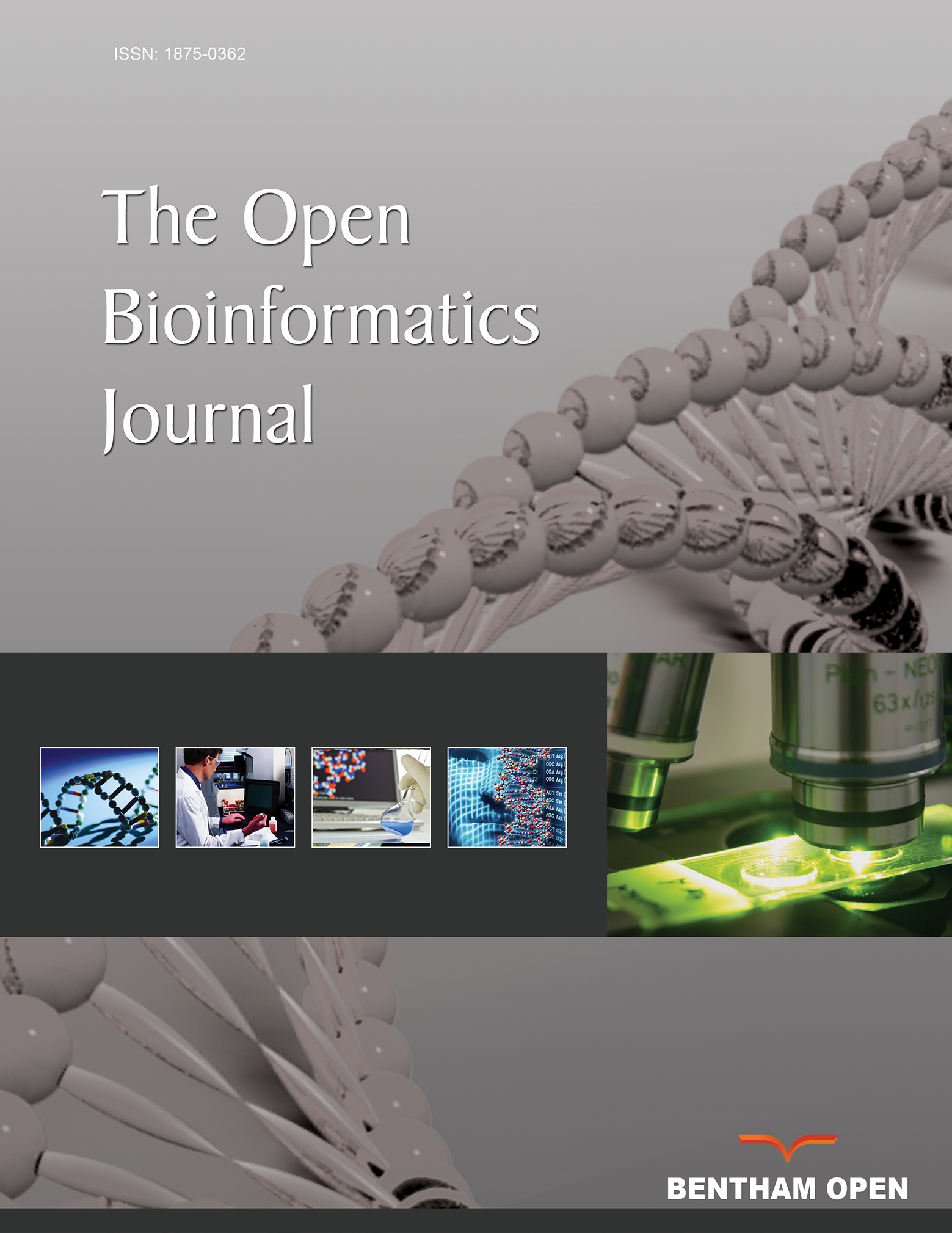Protein Secondary Structure Prediction Using RT-RICO: A Rule-Based Approach
Abstract
Protein structure prediction has always been an important research area in biochemistry. In particular, the prediction of protein secondary structure has been a well-studied research topic. The experimental methods currently used to determine protein structure are accurate, yet costly both in terms of equipment and time. Despite the recent breakthrough of combining multiple sequence alignment information and artificial intelligence algorithms to predict protein secondary structure, the Q3 accuracy of various computational prediction methods rarely has exceeded 75%. In this paper, a newly developed rule-based data-mining approach called RT-RICO (Relaxed Threshold Rule Induction from Coverings) is presented. This method identifies dependencies between amino acids in a protein sequence and generates rules that can be used to predict secondary structure. RT-RICO achieved a Q3 score of 81.75% on the standard test dataset RS126 and a Q3 score of 79.19% on the standard test dataset CB396, an improvement over comparable computational methods.


